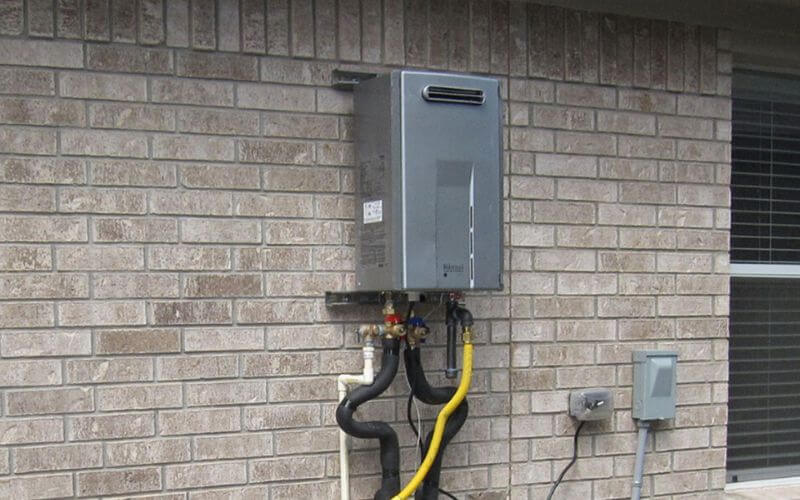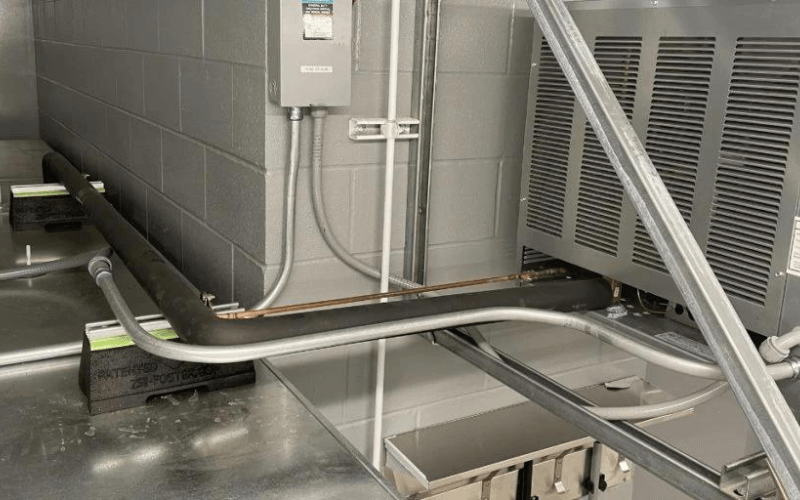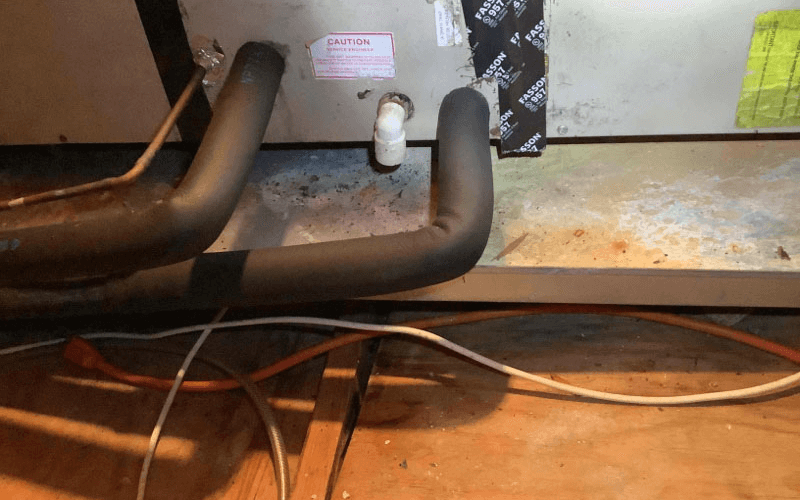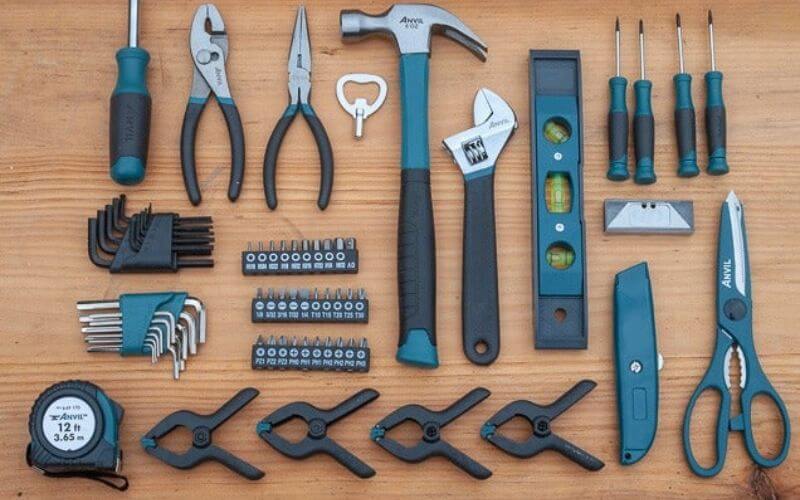Tankless water heaters are energy efficient, take up little space, and provide hot water quickly. They can offer numerous advantages to the average family. But the main concern of the families is can a tankless water heater freeze in winter? Water in a heater may freeze and expand (potentially damaging internal components) when temperatures drop. So if a tankless water heater is installed inside a house, it may still freeze. Here’s what you can do to resolve the problem.
Table of Contents
ToggleCan a Tankless Water Heater Freeze in Cold Weather?
Fortunately, many brands offer models with integrated freeze protection so machinery can protect itself when temperatures fall below freezing. Ceramic heaters, for example, are used on the heat exchanger and other interior sections of some water heaters. When the temperature drops below 30 degrees, these ceramic heaters turn on to keep the internal components from freezing.
How to Protect a Tankless Water Heater From Freezing?
Because your system’s default protective measures aren’t perfect, you should take extra precautions. Follow these tips to provide your tankless water heater freezing protection.
Also, Read: Can a Tankless Water Heater Be Installed In A Closet?
Place The Device Somewhere Warmer.
Placing a tankless water heater in a pre-heated area can help keep water from freezing. If you must set it up outside, choose a sheltered location away from wind currents and where it will be warmer. Another option for keeping cold air out is a wind-resistant vent termination.
Install A Backup Power Source:
To function properly, the freeze protection mechanism requires a dependable power source. If there is a power outage, you can keep the heater running by connecting it to a generator or battery backup. If your water heater doesn’t already have one, install one to flush the tank if the power goes out.
Drain the Heater:
Standing frozen water, no matter how large or small, can cause problems. If you will be gone for more than 48 hours, drain the unit to remove any standing water. If you have a tankless water heater, avoid filling it.
Turn off the gas, cold water, and temperature controls on systems without solenoid valves. Turn off the main water, gas, and water supply valves. Remove the covers from the purge port valves to drain the device and connect the hoses. Use the valves to isolate the heater from the rest of the house when turning it off for the winter.
Also, Read: Can You Use PVC To Vent A Tankless Water Heater?
Wrap the Water Heater in Insulation:
If heat loss is minimized, the unit can be kept from freezing. First, the tankless water heater pipes to the house should be insulated with fiberglass or polyethylene. Another method for preventing freezing is to use heat tape. The catch is that it is dependent on power.
Turn On the water:
A frozen water heater can be avoided by keeping the water flowing continuously. A trickle of water can be obtained by slightly turning on a faucet. A flow rate of 0.15 liters per second is usually sufficient. Only do this during freezing spells, or you will waste a lot of water. You could also keep some of it in a bucket.
Installation Of a Hot Water Recirculation System:
A recirculation system is more expensive than other methods. If your tankless water heater is compatible with one, having one can reduce the likelihood of freezing (while still providing instant hot water). The recirculation system forms a closed loop by connecting the water heater to the faucet, preventing cold water from entering the system.
Solenoid Valve Installation:
In a power outage, the solenoid valve on the tankless water heater will open, allowing the water to drain. Solenoids remain open when no electricity flows through them, and vice versa. Even if the power goes out in sub-zero temperatures, your system will not freeze.
Also, Read: How to Unfreeze Tankless Water Heater?
Unfreezing a Tankless Water Heater:
Do not try to start a frozen tankless water heater. You could cause severe damage if you don’t let the unit defrost first. First, determine whether the water heater is the only problem or if the pipes are frozen. Opening the unit’s panel is an excellent way to look for plumbing leaks. Have you experienced pipe damage? Contact a plumber. If the heater thaws, flooding may occur.
If the only appliance causing problems is the water heater, the power can be turned off. Turn off the gas and water supplies, then remove the device. If the water heater cannot be relocated away from the cold area, it should be placed in a warm room, or a Space Heater should be used. The ice should melt once the machine begins to heat up. To release the melted water, open the drain valve. Meanwhile, inspect the water heater and the pipes that feed and drain it for leaks.
Before the unit can be reinstalled, all parts must be inspected for damage. Turn on the lights, gas, and water, and test each piece of machinery individually to ensure everything works properly.
FAQ
When does a tankless water heater start to freeze?
Most tankless water heaters, both indoor and outdoor, have a freeze protection feature that activates when the temperature drops between five and twenty-two degrees Fahrenheit. However, your water heater may freeze if you do not take the appropriate safeguards when temperatures fall below a particular threshold.
What happens when the water in a tankless heater freezes?
You should address this issue as soon as possible since freezing can cause damage and affect your running water and drainage. Don’t try to use it. If your tankless water heater freezes, take the following steps: Turn off the gas and water supply to the water heater.
How do you keep a tankless water heater from freezing in the winter?
During the winter, keep a faucet flowing at a trickle to prevent pipes from freezing. Your tankless water heater can handle a flow rate of roughly 0.2 gallons per minute. Instead of wasting water, gather it in a bucket and use it.





















